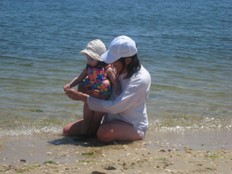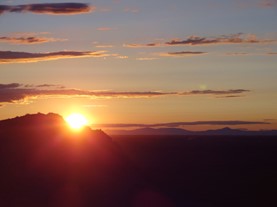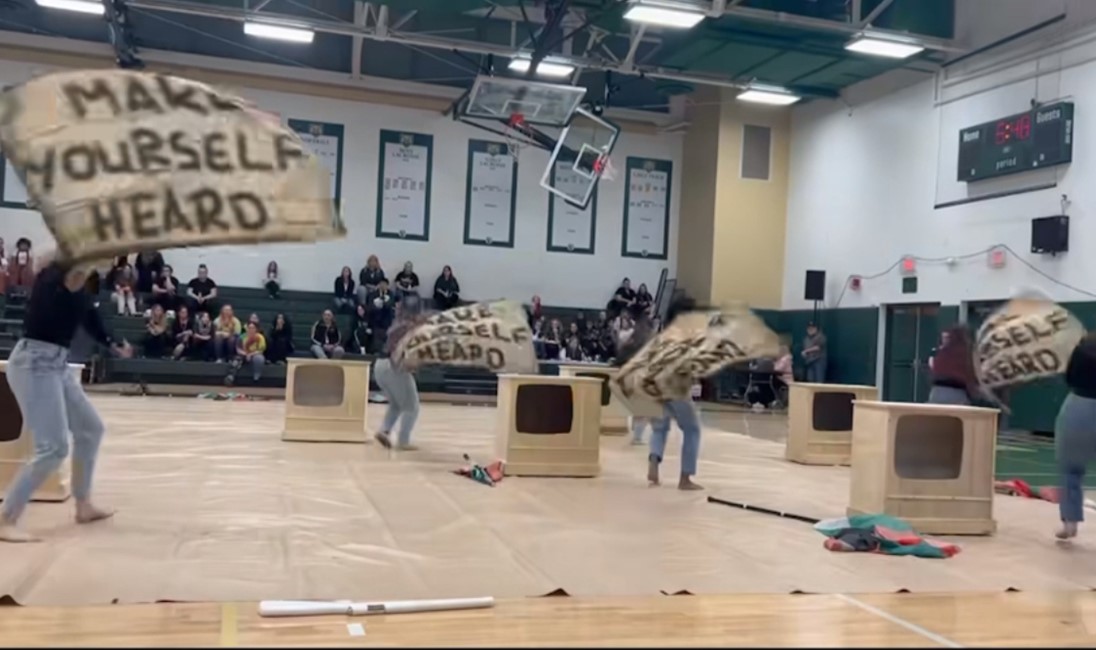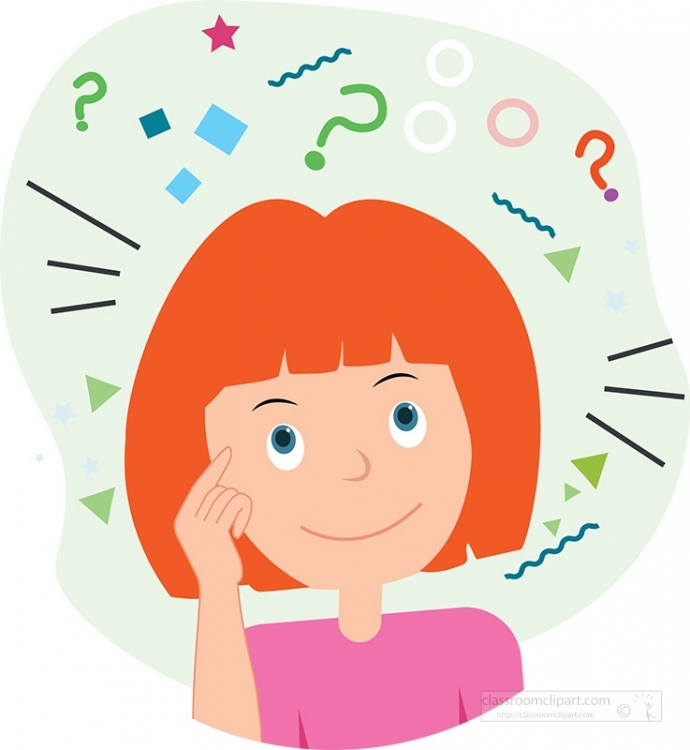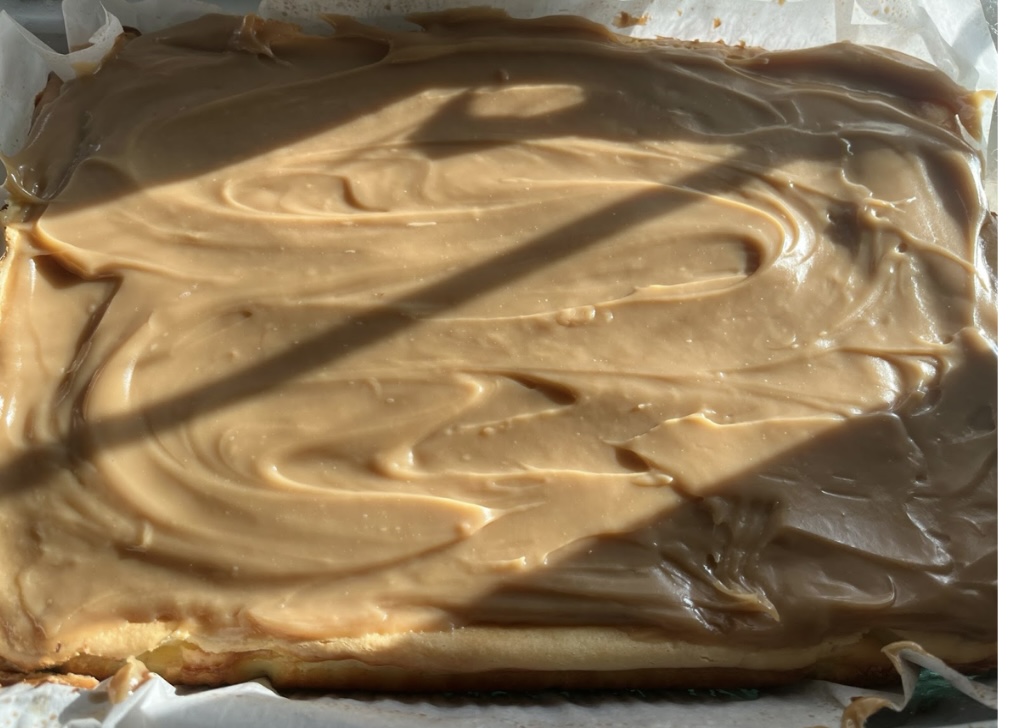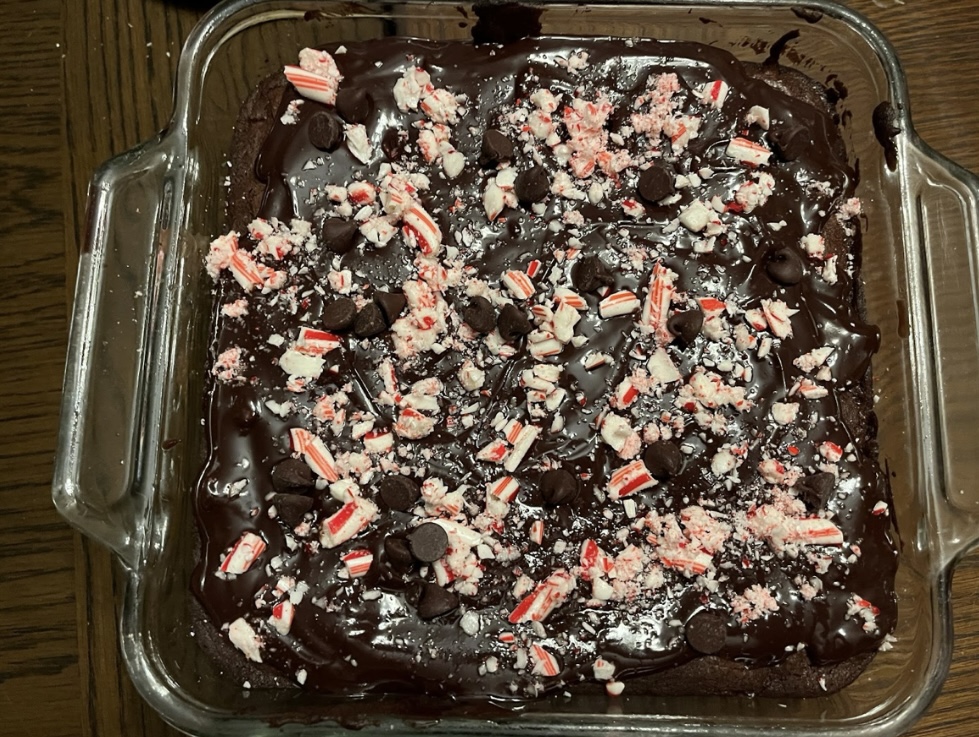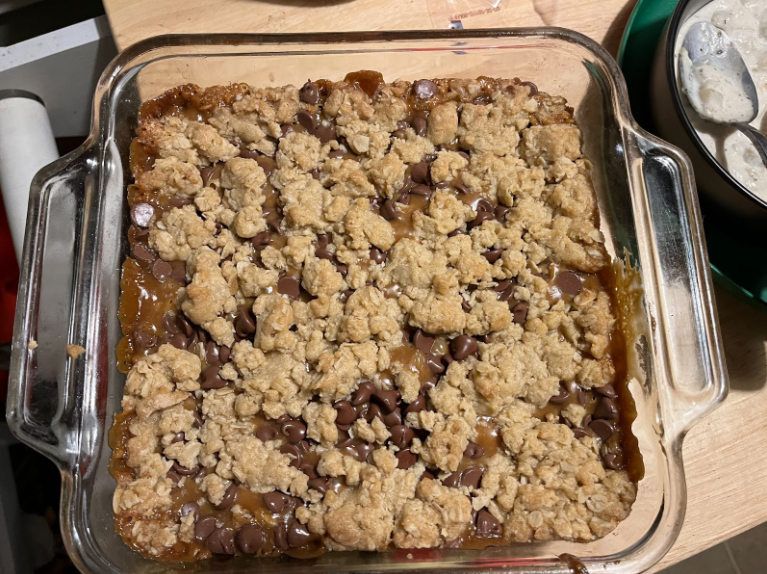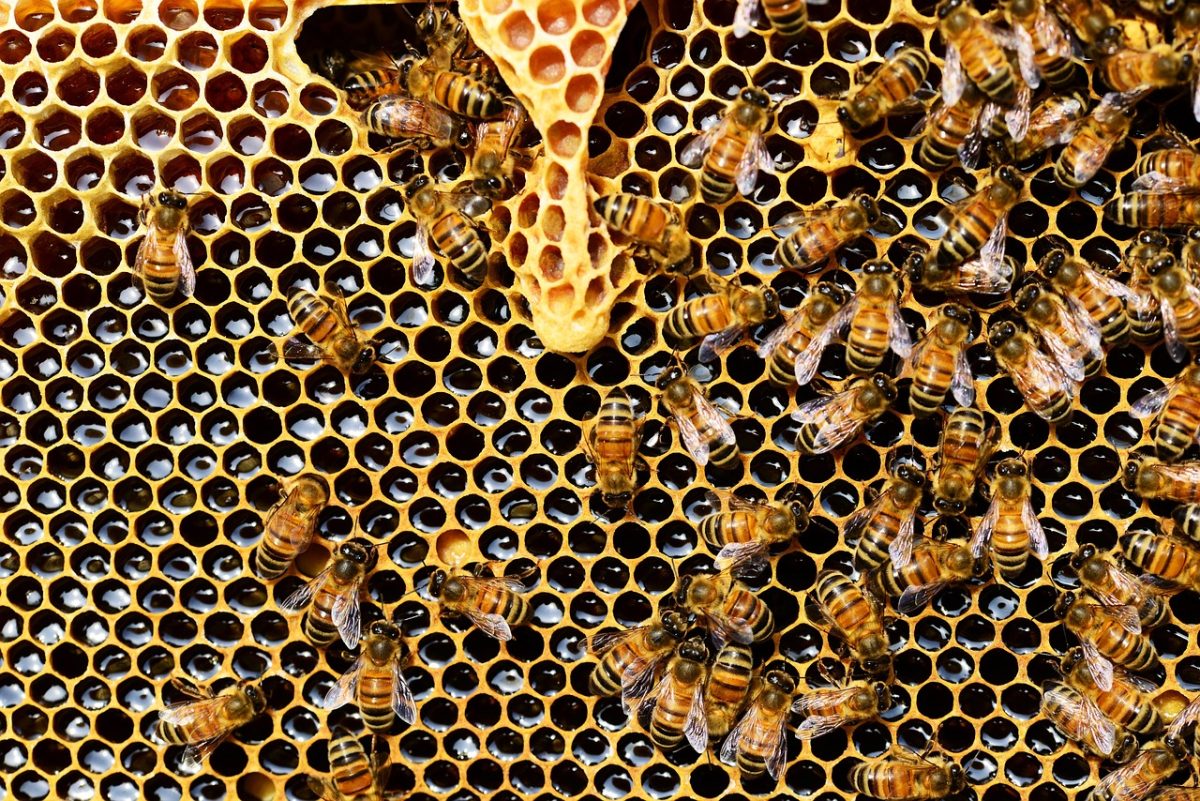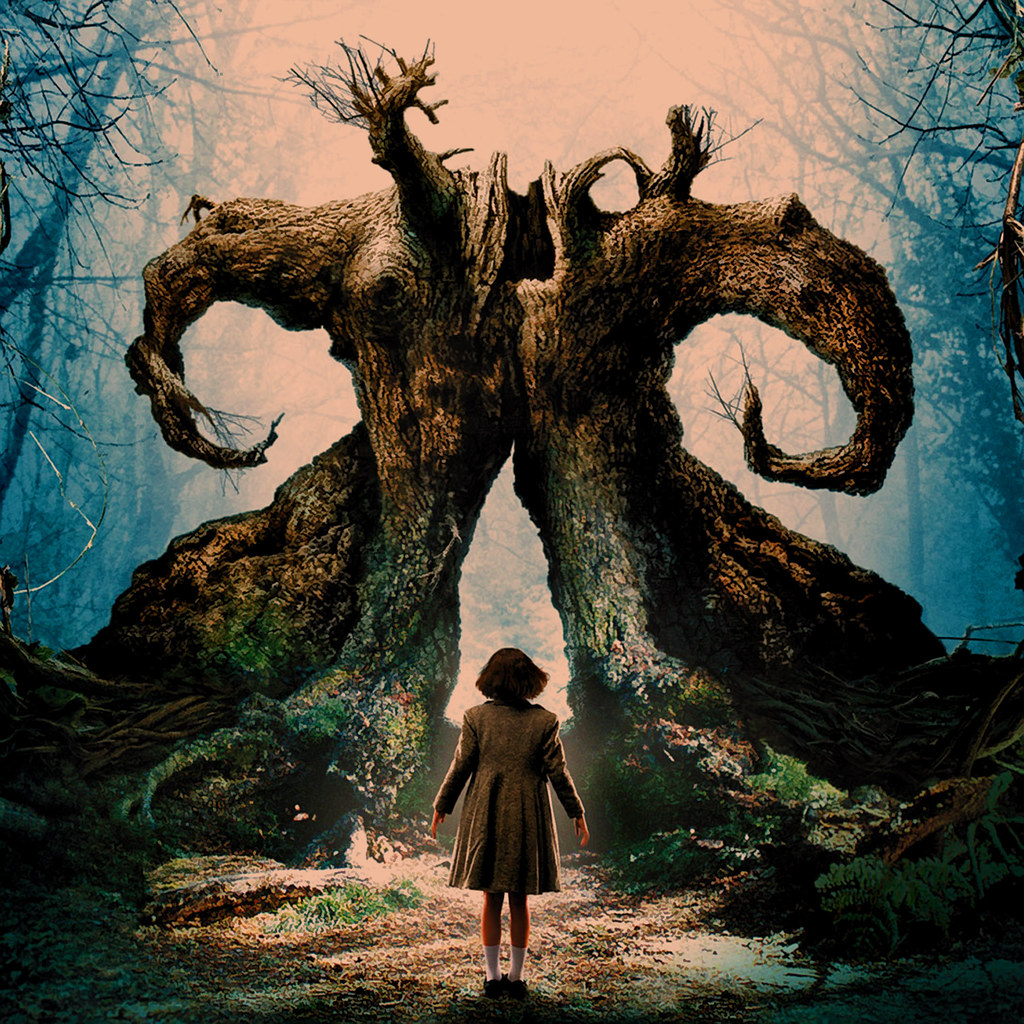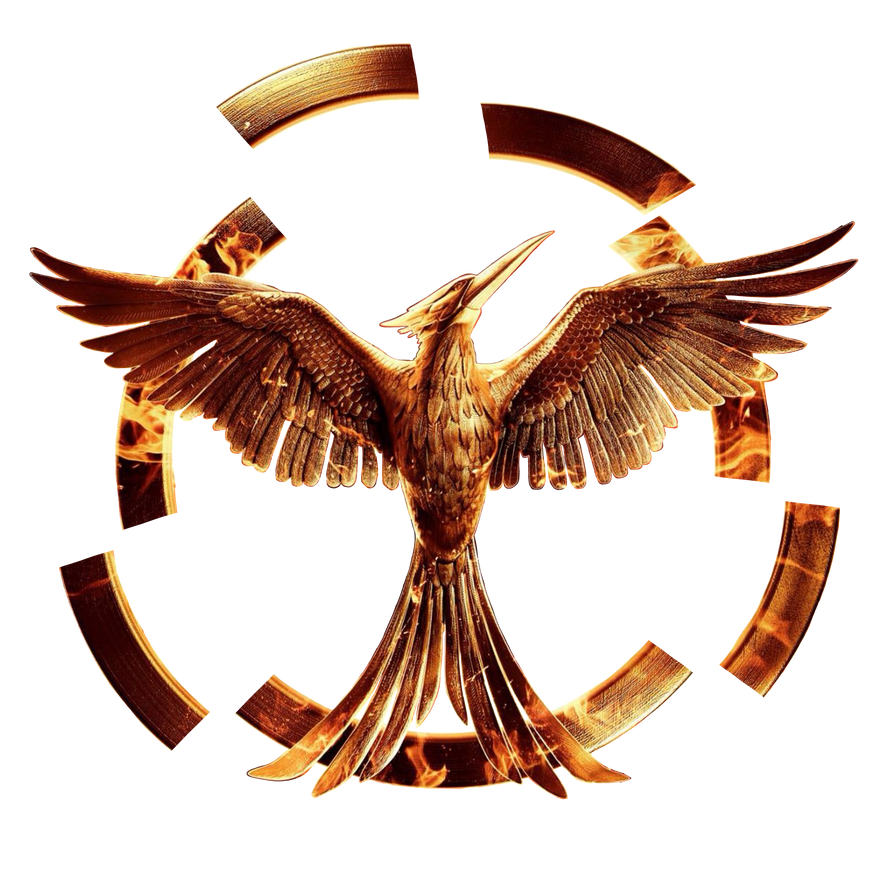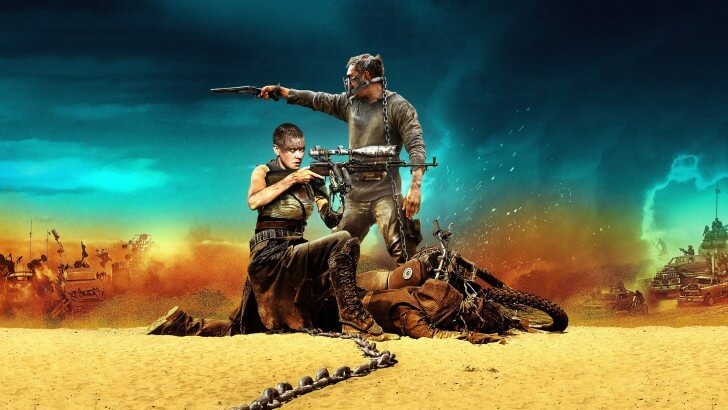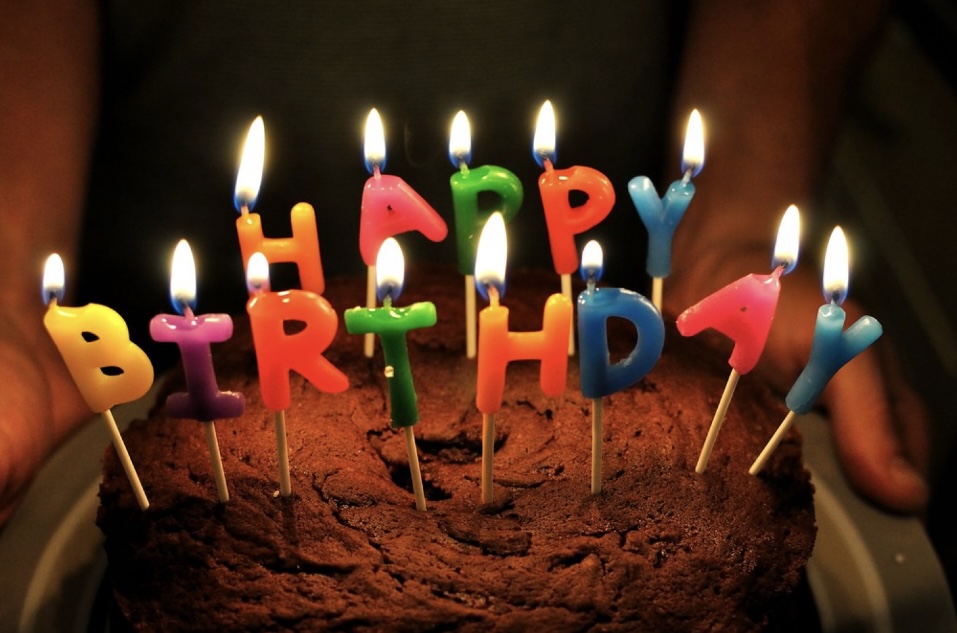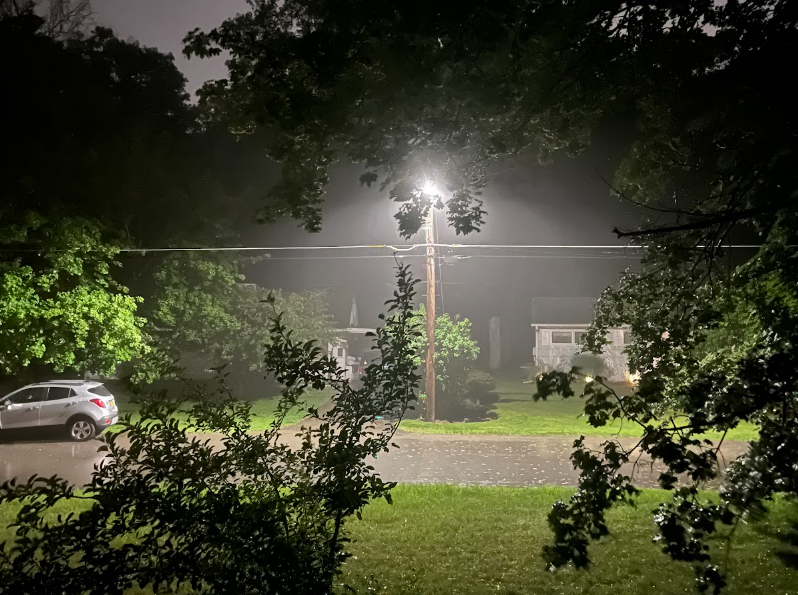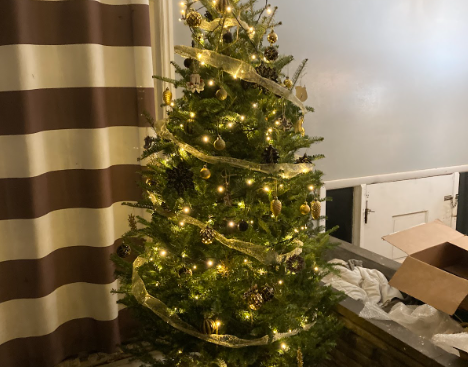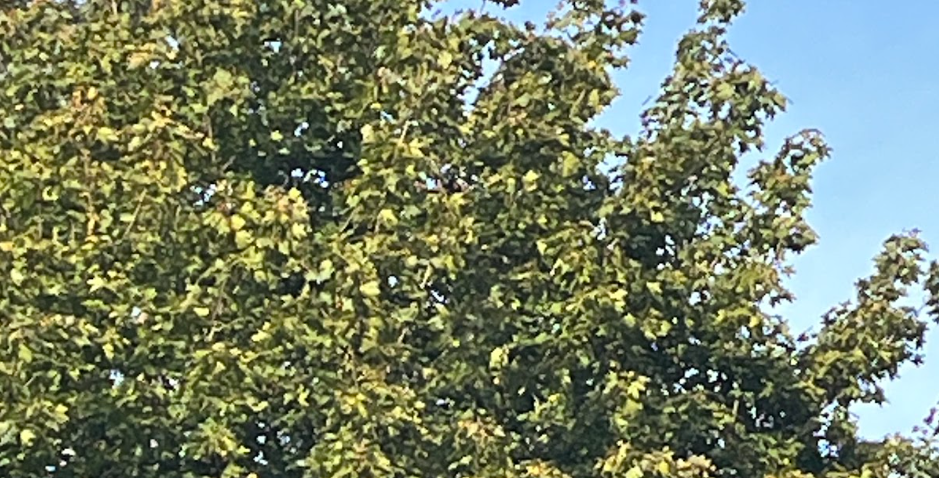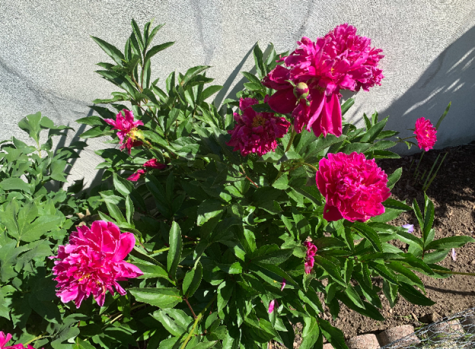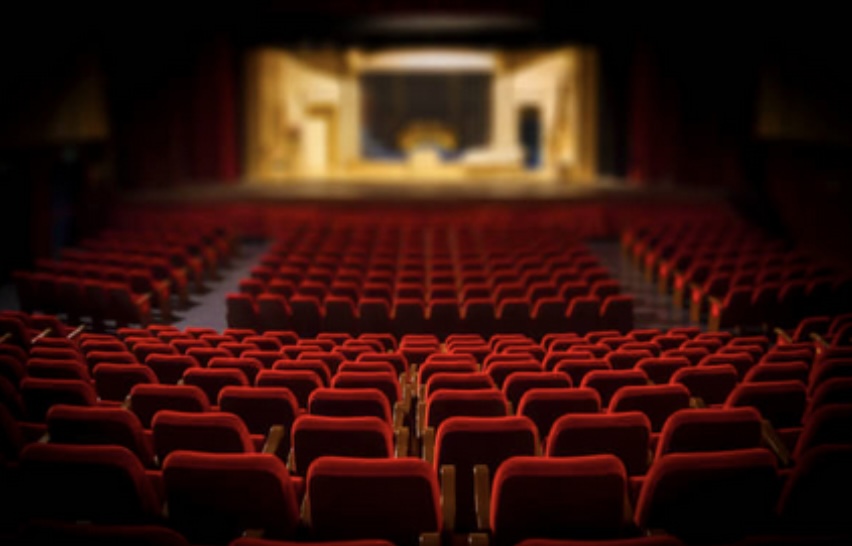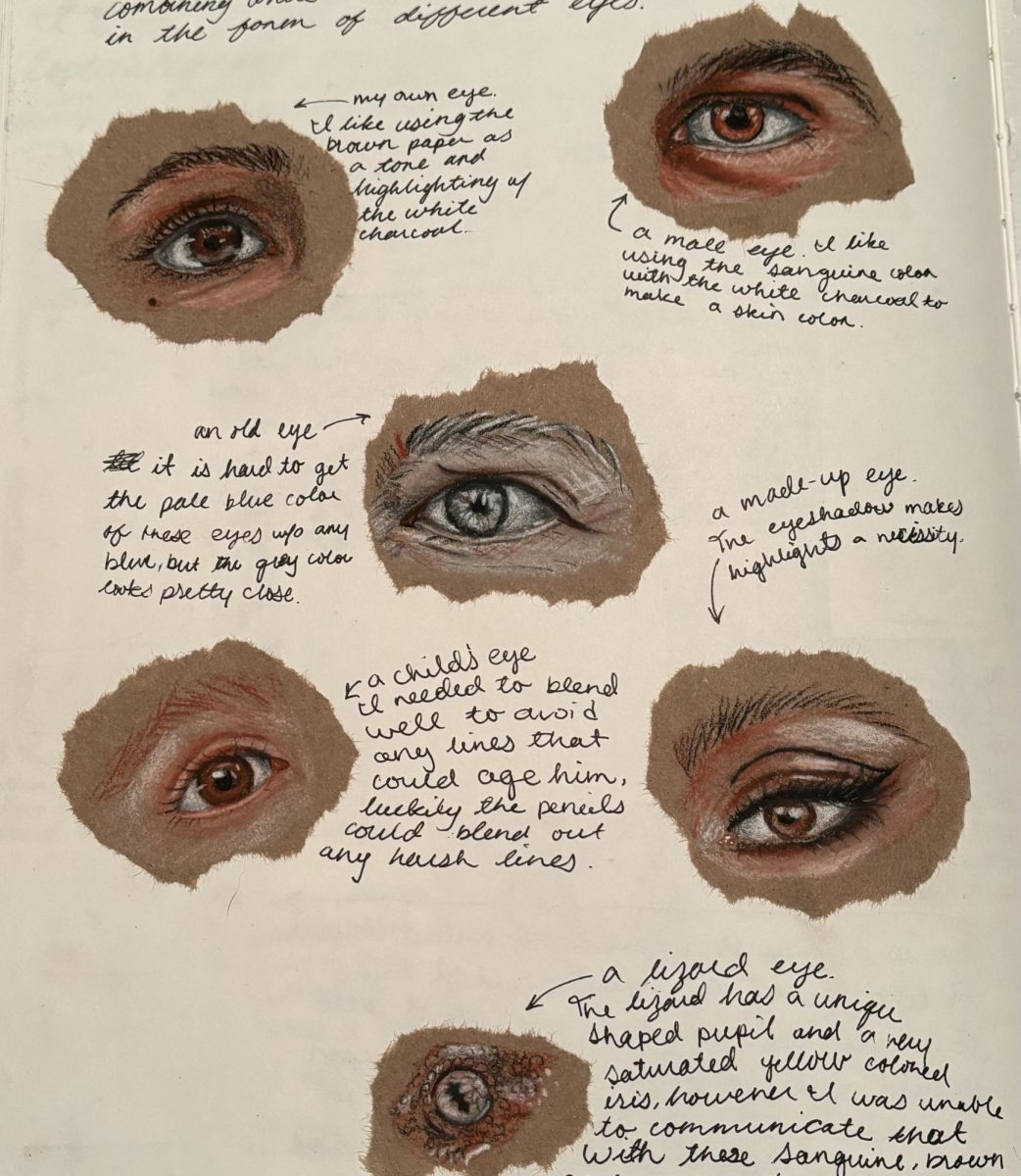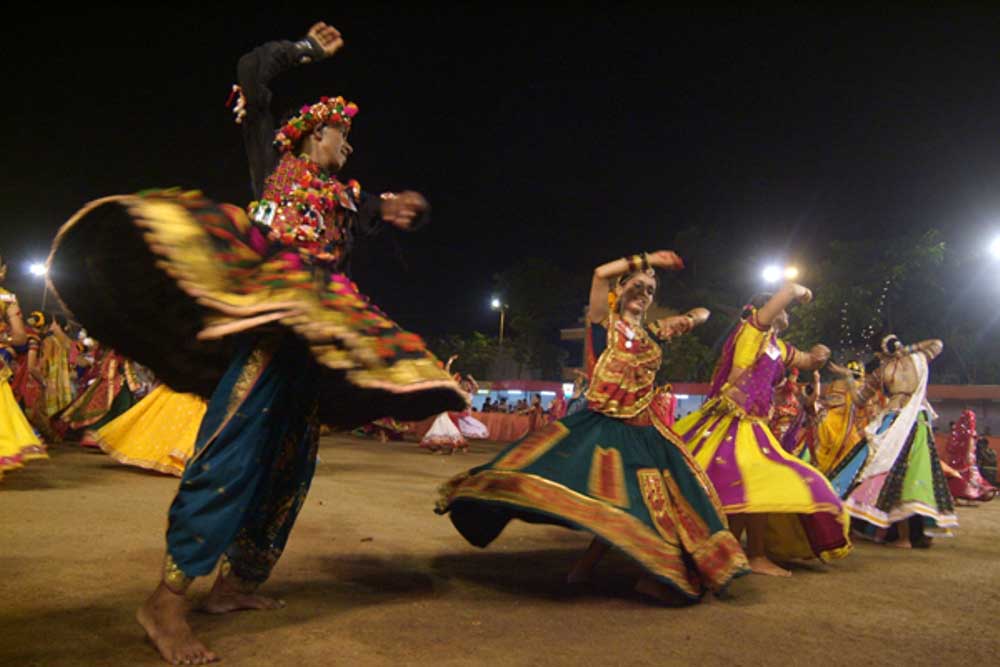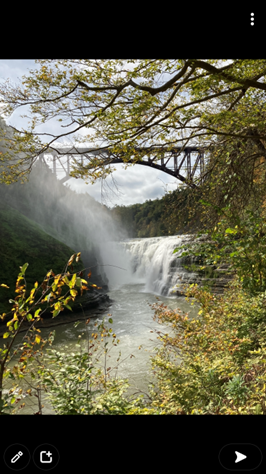Navratri
Navratri is a 9-day ancient Hindu festival and its name derives from the Sanskrit words “nava” meaning nine and “ratri” meaning night. It is celebrated in many ways, as you can go through religious reflections, fast, feast, or participate in folk dance (Garba, Raas, and Dandiya). The typical attire for girls is a Chaniya choli and boys wear the Kediya Garba dress.
The story of the holiday highlights the demon Mahishasura and the Goddess Durga. Lord Brahma, the creator of Hinduism, granted the demon immortality from a man and Mahishasura could now only be defeated by a woman. This panicked everyone because now even the gods didn’t stand a chance. Listening to the gods’ panic, Lord Vishnu (the preserver) decided to create a woman powerful enough to defeat the demon. Helping Lord Vishnu, Lord Brahma and Lord Shiva (the Destroyer) put powers in this new woman, Goddess Durga. This new Goddess Durga is said to be another version of Goddess Parvati and she fought Mahishasura for 15 days. Trying to outsmart the Goddess, Mahishasura kept changing his form, but he at last turned into a bull and was stabbed by a trident.
On each day of Navratri a different form of Goddess Durga is worshiped. The festival symbolizes the victory of good over evil.
Simchat Torah
Often accompanied with dancing and singing, Simchat Torah, ”Joy of the Torah” in Hebrew, is a Jewish festival marking the conclusion of the annual Torah reading and the beginning of another.
Each week of the year, congregations take out one or two scrolls and read a parashah or portion of the Torah. On Simchat Torah, all the scrolls are removed from the ark in the front of the synagogue, whereas normally only a few are removed.
The scrolls, carried by the people, are danced, and circled around the bimah seven times. On Simchat Torah this dancing, known as Hakafot in Hebrew, takes place both in the morning and the evening.
The celebration of Simchat Torah reminds us that we never know everything. Even for a text read for an entire lifetime you can’t ever experience all the possible interpretations. Simchat Torah is a time to celebrate the constant need to look anew and the willingness to start over.
Picture URL: https://commons.wikimedia.org/wiki/File:Navratri_Garba.jpg

